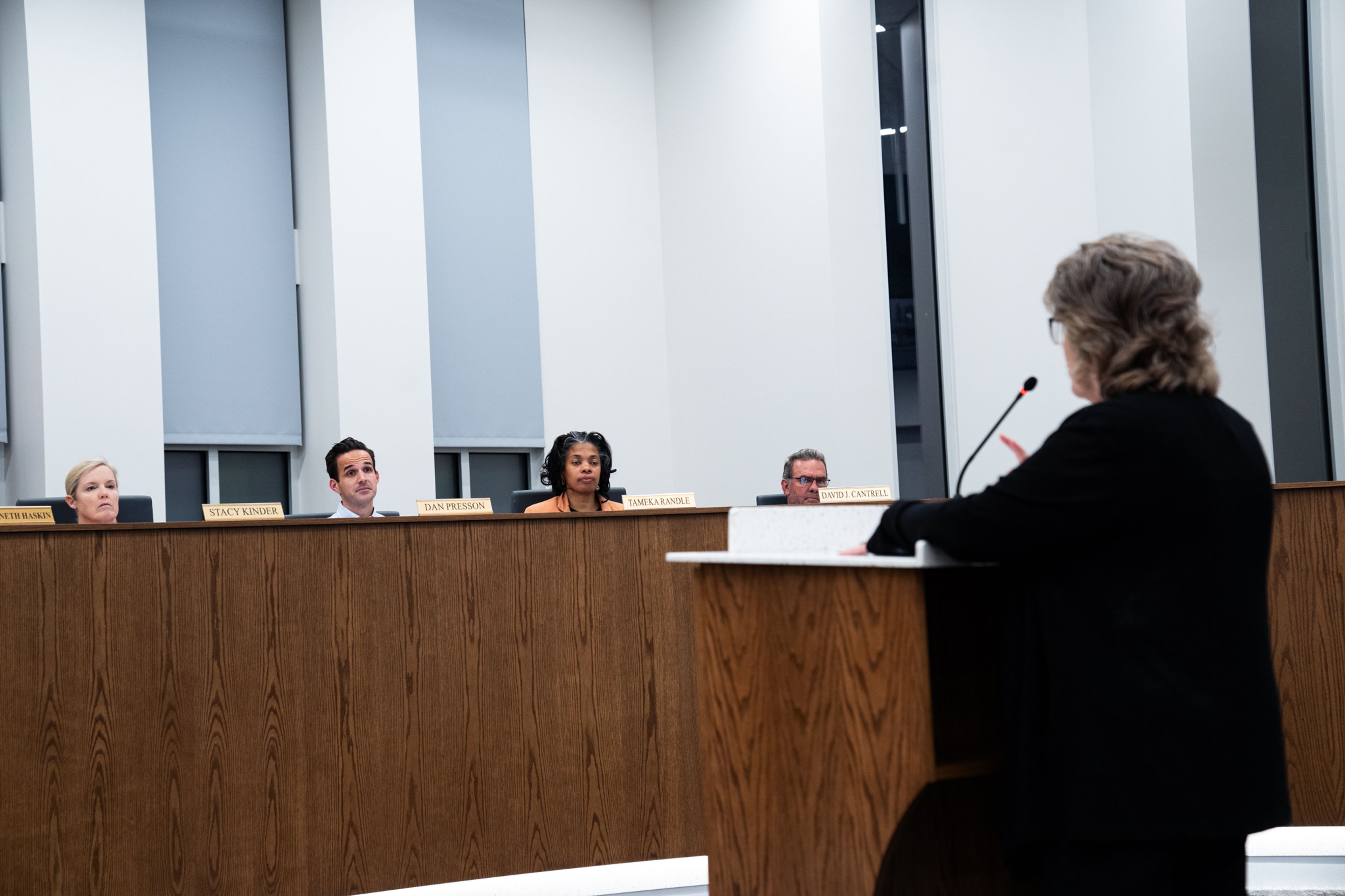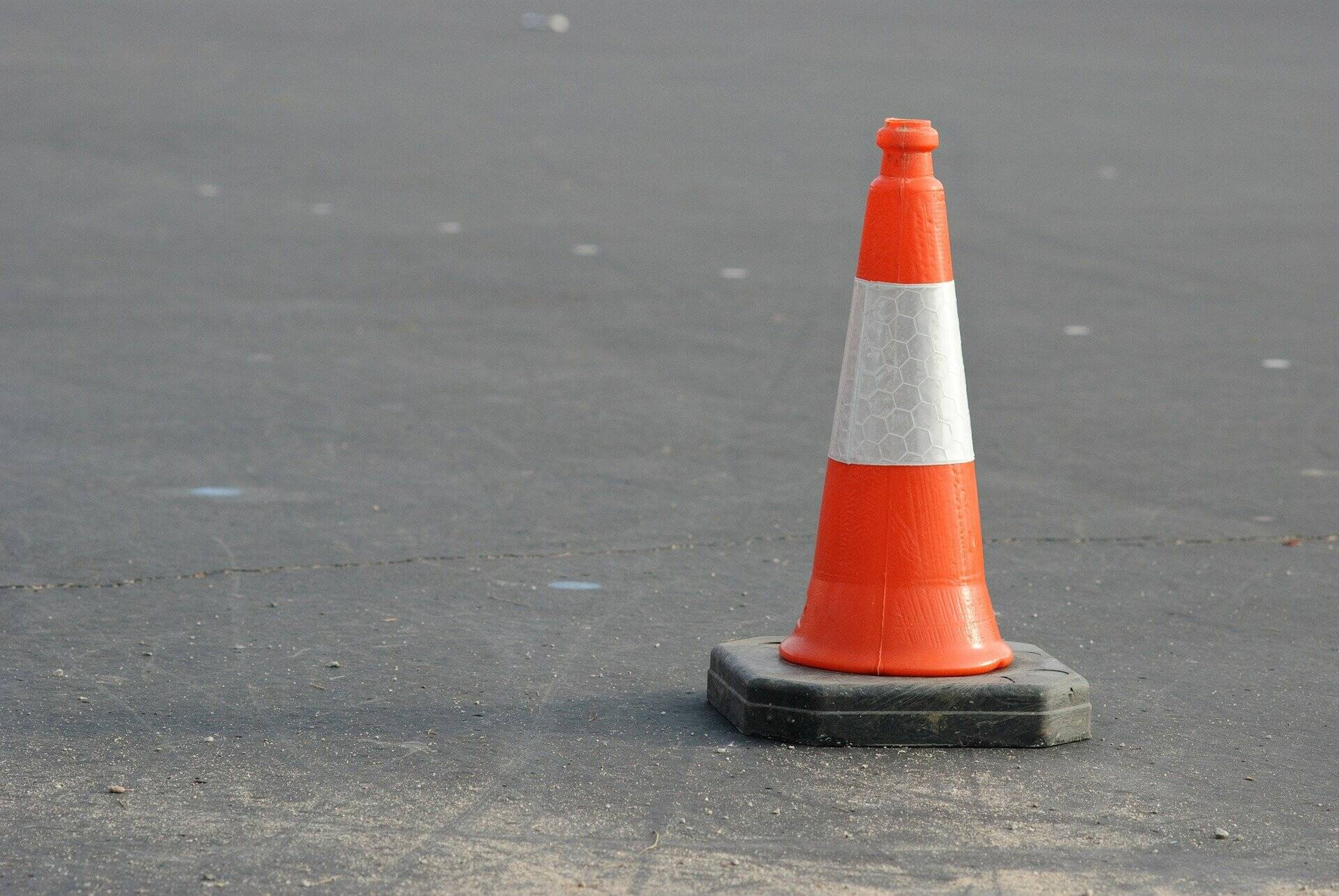Greene County concrete house heavy on innovation
SPRINGFIELD, Mo. -- Looking at what Dan Chiles is building in western Greene County, it's hard to tell whether it's a home or a storm shelter. The answer, for Chiles, is both. Chiles, a former Springfield City Council member, began discussing the super-energy-efficient home two years ago. Construction started in January...
SPRINGFIELD, Mo. -- Looking at what Dan Chiles is building in western Greene County, it's hard to tell whether it's a home or a storm shelter.
The answer, for Chiles, is both.
Chiles, a former Springfield City Council member, began discussing the super-energy-efficient home two years ago. Construction started in January.
The 2,400-square-foot, three-story home (with a walk-on roof) is squarish-looking, with exposed concrete walls, both exterior and interior. The home is designed to be tornado-resistant.
"I was down in Joplin like the rest of us, and I saw what that was like," Chiles said.
The walls are built with pre-stressed concrete, reinforced with rebar and 16 pre-stressed high tensile steel cables pulled with a hydraulic jack to thousands of pounds of pressure and permanently bonded with the concrete, according to www.rockspan.com, a website where Chiles posts information about the house.
In addition, the house employs a flat roof and is covered with a 4-inch reinforced concrete slab. Chiles said his research indicates that once the roof of a structure is uprooted during a tornado, the rest of the building is more likely to collapse.
Construction is continuing at the site, with drywall and appliances being installed. Chiles, who estimates that the home will be livable by the end of September or early October, plans to live in the house with his wife, Margy.
The desire for energy efficiency has also guided the construction of the home. Chiles said he hopes the site will achieve LEED (Leadership in Energy and Environmental Design) certification, a widely recognized standard for green design.
Chiles is aiming to make the two-bedroom home "net zero energy" -- for the house to ultimately not require any outside source of energy, such as electricity from a power company. The house is designed to produce as much energy as it consumes on an annual basis.
Solar panels have been mounted on the roof of a nearby barn to provide electricity, and the house's flat roof is designed to collect rain water, which is then stored and used for irrigation. A 460-foot-deep well provides water for human use.
The walls of the house circulate water, helping to either cool or warm the house depending on the season.
A "ground source heat pump" that Chiles calls "super-efficient" captures energy from the "house envelope and redistributes it to interior walls, exterior walls and through a ground loop [to heat exchangers in the barn] for heating, cooling and domestic hot water through an indirect hot water storage tank," according to the website explaining the house.
"There is not any space in this house that's not going to be used," Jennifer Wilson, the architect for the house, said.
Wilson, with nForm Architecture in Springfield, said the house, while using technologies that can already be found in desert areas, is new to the Ozarks.
Chiles declined to say how much the project is costing him, other than to say he is funding it through his personal savings.
The construction takes place as Chiles tries to respect the heritage of the site. A former Native American village is nearby, Chiles said. Additionally, a cave system runs throughout the area.
The house is designed to reflect that heritage.
"This kind of reminds me of a Native American pueblo dwelling or something that's designed to interface with the elements," Chiles said.
Connect with the Southeast Missourian Newsroom:
For corrections to this story or other insights for the editor, click here. To submit a letter to the editor, click here. To learn about the Southeast Missourian’s AI Policy, click here.









